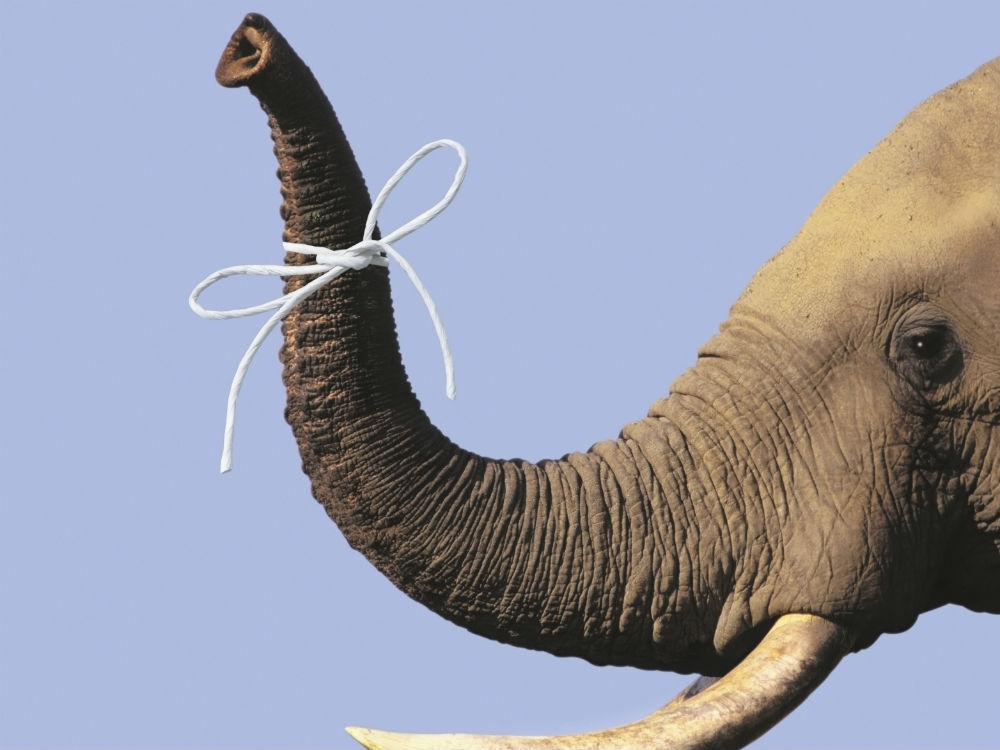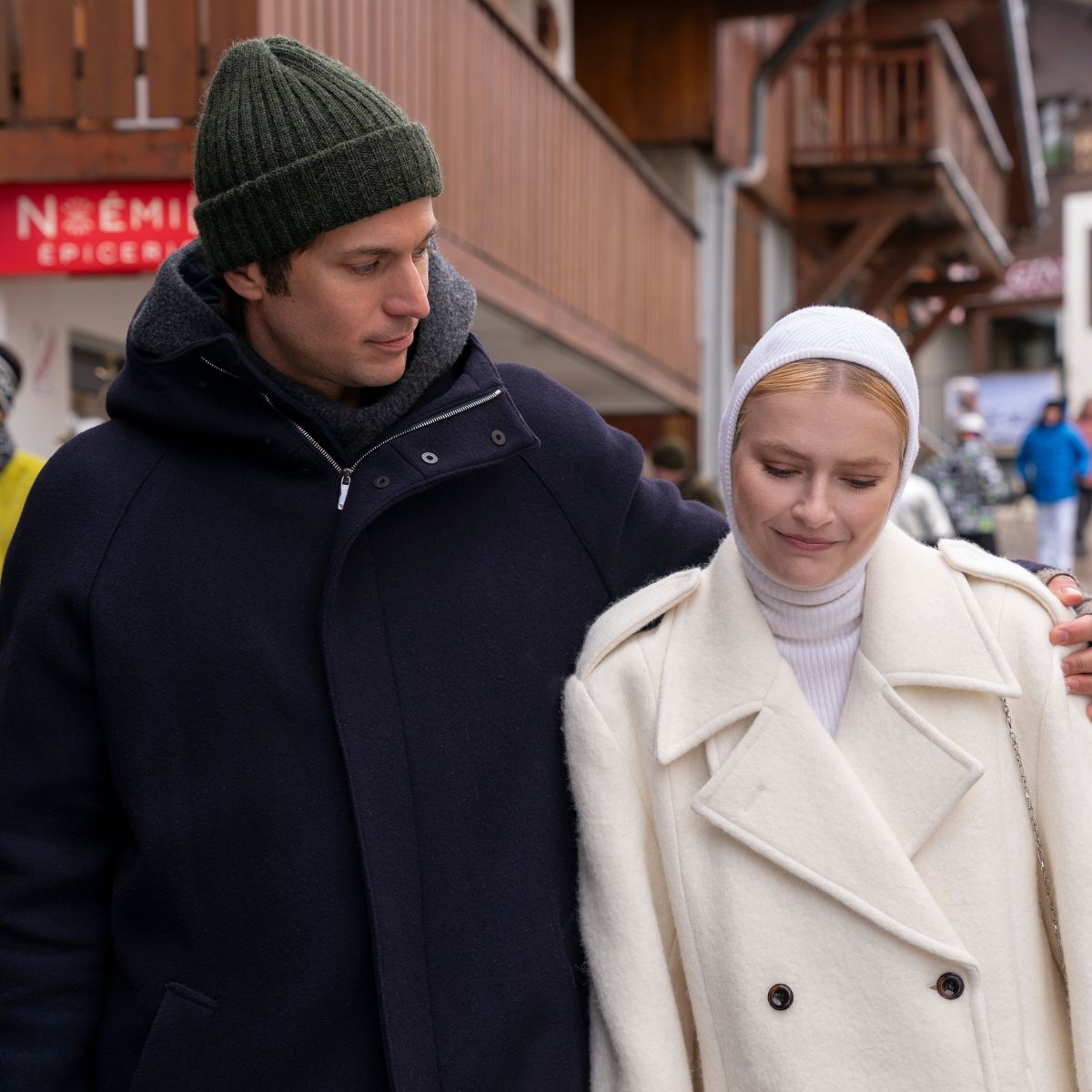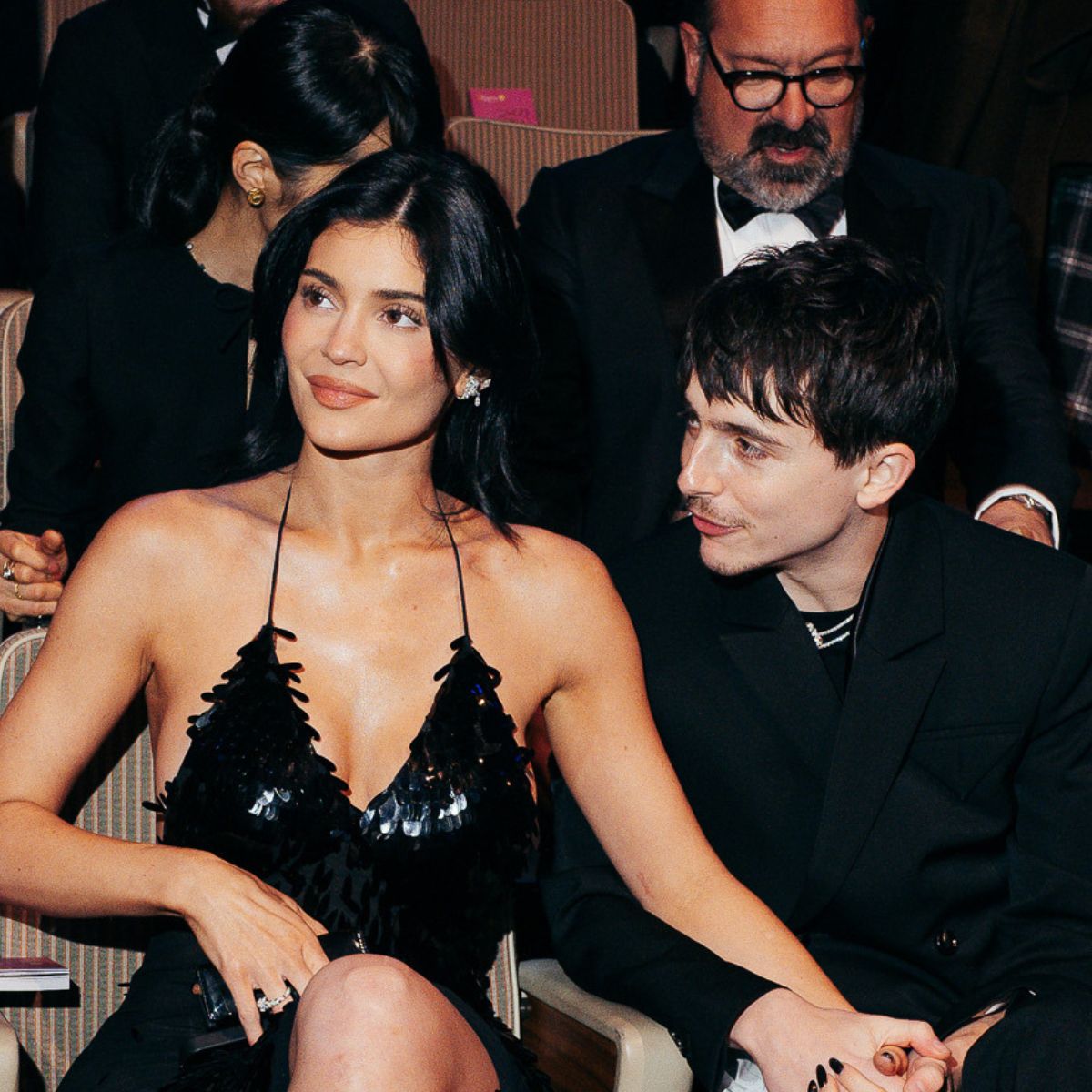This simple trick will retrain your memory so you never forget anything
Smartphone amnesia is A Thing. Here’s how to tackle it


It's official, our memories are getting worse, and predictably it’s mostly because of our smartphones.
A study of 6,000 adults in the UK, France, Germany, Italy, Spain, Belgium, the Netherlands and Luxembourg, examined our memory habits and found the UK to be the most forgetful nation. More than a third of us would turn to our phones, laptops or the internet to retrieve information that the previous generation would have remembered automatically. As we increasingly outsource basic skills, such as remembering our boyfriend’s mobile number or the directions to auntie Pam’s house, to our digital counterparts, being forgetful is kind of a problem, although having a bad memory can mean your brain is working extra well - so there's one plus.
Among adults surveyed in the UK, 45% could recall their home phone number from the age of 10, but be honest now, do you know your own mobile number? Or even if you do, we'd bet you don't know your mum’s.
But the good news (there is some, bear with us) is that you can retrain your memory, thanks to a genius technique developed by US academic, ‘memory champion’ and author of Instant Memory Training For Success: Practical Techniques for a Sharper Mind (published by Capstone), Chester Santos.
'We're now so reliant on digital devices that we let them remember everything for us,' explains Santos. 'It is eroding the human memory and there’s a panic that arises when we’re asked to remember something and we find we need to Google it. I’ve been in taxis before now that were stranded because the sat nav stopped working. There’s a use it or lose it principle to basic information such as important dates, telephone numbers or directions to a specific location.'
He’s right, of course. So how do you retrain your memory without switching off our beloved devices? After all, Instagram is meant to be good for your memory. ‘The first principle is visualisation,’ explains Santos. ‘We are very good at remembering things we see, so if you can turn whatever it is you need to remember into an image or a series of memorable images, that will help.’
This is why you often hear people say they’re good with faces but bad with names. ‘You can’t see a name, so you have no visual reference for it – its more abstract. So firstly, make it more visual. Secondly, make what you’re seeing or experiencing unusual in some way to commit it to memory. If an elephant crashed into your office you’d remember that, right? That’s due to the psychological aspect of our memory, so use that.’
Marie Claire Newsletter
Celebrity news, beauty, fashion advice, and fascinating features, delivered straight to your inbox!
What Santos is saying is to conjure up a visual for people you meet and facts you hear, to make them easier to retrieve from your memory at a later date. ‘Use rhyme and focus on an outstanding feature that will jog your memory next time - if Jane has lovely hair, imagine her hair is made of chains. You’ll notice her hair again next time and Jane of chains will spring to mind. Similarly, a colleague called John might remind you of John Mayer so use that as your memory anchor.’
Santos has a clever trick that he argues will mean you can remember this bunch of random words forever. He tried it on Team Marie Claire and, straight-up, it works. You might need a willing volunteer (i.e. your mate or boyfriend sitting on the sofa beside you right now) but read these words, then look away and see how many you remember in the correct order:
Monkey Iron Rope Kite House Paper Shoe Worm Envelope Pencil River Rock Tree Cheese Pound
How did you do? Yeah, we only got half of them too. But then we listened to Santos’ story and afterwards, we remembered the whole list. Well, apart from one. But then, how often do you use the word envelope anyway?
Here’s what Santos had to say: ‘Visualise a monkey dancing around in your mind, making monkey noises. He picks up a gigantic iron and it starts to fall, but a rope – that feels rough in texture - attaches itself to the iron and you look up to see the other end is attached to a kite, just out of your reach in the sky. The kite now crashes into the side of a house, like a cartoon playing in your head, and you realise the house us completely covered in paper. You then look down at your shoe because you’ve realised it smells pretty bad, so you look inside to find out why and a little worm comes crawling out of the shoe, jumps inside an envelope and a pencil appears out of nowhere. It writes all over the envelope before the pencil jumps into a river and there’s a huge splash, the river is crashing up against a rock, which then crashes into a tree. The tree is growing cheese on it and out of each piece of cheese shoots a pound coin.’
Now how many do you remember?
‘That’s the story method,’ explains Santos. ‘Now take that and apply it to giving a speech/ presentation without notes. It will help you commit it all to memory. Very simple images can remind you of a much broader concept.’
Now you have no excuses for forgetting the name of whatshisname in accounts. Dave, we think. Or Ian.
-
 Style Briefing: Matthieu Blazy's last hurrah
Style Briefing: Matthieu Blazy's last hurrahHow the designer delivered a fresh perspective while also honouring its history of craft and creativity
By Rebecca Jane Hill
-
 The Emily in Paris cast has spoken out as one of its stars officially quits the show
The Emily in Paris cast has spoken out as one of its stars officially quits the showBy Jenny Proudfoot
-
 Timothée Chalamet’s mother has opened up about his relationship with Kylie Jenner
Timothée Chalamet’s mother has opened up about his relationship with Kylie JennerBy Jenny Proudfoot